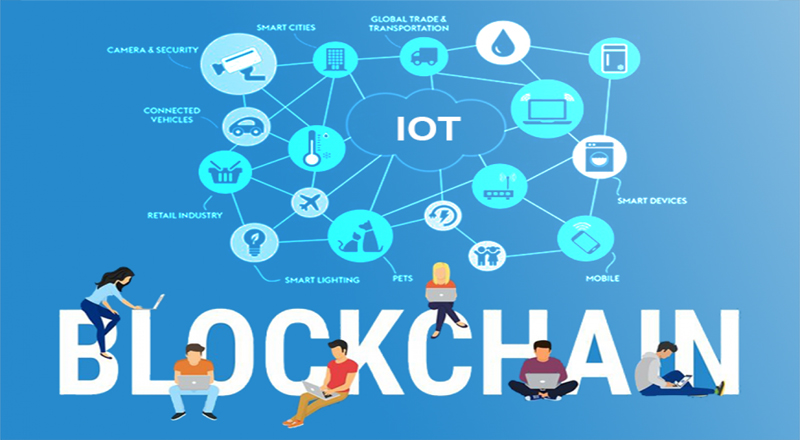A few decades back, it would have been impossible to imagine the way we communicate, interact or transact on social and economic fronts today. Blockchain today is still in its infancy, and its mainstream value is yet to be realized. While, it is for sure that blockchain will disrupt the existing solutions, not only in industry and commerce but in almost all aspects of our day-to-day lives, but it cannot do so just by itself. Same holds true for the Internet of Things as well as for Artificial Intelligence, though in different perspectives and magnitudes. The underlying fact is that to get the real value the new age emerging technologies like blockchain, AI and IoT will have to work in tandem. As we begin to understand the new normal in the midst of the corona pandemic, it will be important to draw value from any digital transformation that organizations undertake. Businesses will have to think beyond their domain and scope to provide services which are of actual value to consumers.
When it comes to communication and transactions, speed and efficiency are the prime factors that have improved by leaps and bounds. IoT has brought new and cheaper ways to communicate with ‘things’ which was not fathomable in the past. Now, blockchain, with promises of immutability, transparency, security, Interoperability etc. allows us to exploit otherwise unused resources, trade the un-tradable, and allow new ecosystems that were not possible before. The new entrant AI (inclusive of machine/deep learning, vision, NLP, robots or autonomous machines etc.) has already started to deliver great value to many industries, so much so, as to reduce or even replace the human element. Further advancement in 5G communications only sounds as a positive catalyst to this ecosystem.
Secondly, a new malware is targeting IoT devices such as TVs, that run on Android operating systems, and Linux-based machines and the malware is building a botnet that includes roughly 13,500 infected machines located in 84 different countries around the world.
Most of the companies are fighting for the data and data becomes the common driving factor. While IoT is producing data from new sources and sensors, blockchain is safeguarding and ensuring immutability, and the AI layer on top is helping deliver new business meanings and outcomes in almost real-time. In summary, data value chain comes from new technologies enabling collection, sharing, security, immutability, analysis, and automation of decisions with minimal human involvement. If you observe the shifting industry trends, as per a recent Gartner report, 75% of IoT implementers have already implemented blockchain or plan to do so by 2020 in the US. While this is just the beginning, the best is yet to come, when industries will start to think on real customer problems, rather than their domain specific process and functions.
IoT has come a long way in improving the type of sensors, size and cost and even their usage in some industries; the real consumer centric benefits can be manifold. AI faces the challenge of accuracy, trust and confidence over replacement by the human cognitive mind. Building such ecosystems without regulatory pressure, is not easy if not impossible. This is one of the primary factors for Blockchain and other similar transformative technologies not gaining mainstream acceptance or adoption. On this backdrop of traditional computing, let’s also keep an eye on ‘Quantum Computing’ breakthroughs, as this not only threatens the key features of these emerging technologies, but will severely impact the best of encryption, security and cryptography that exists today. Which means any industry, digital ecosystems, IT infrastructure will have to evolve in rapid pace before they get negatively impacted.





